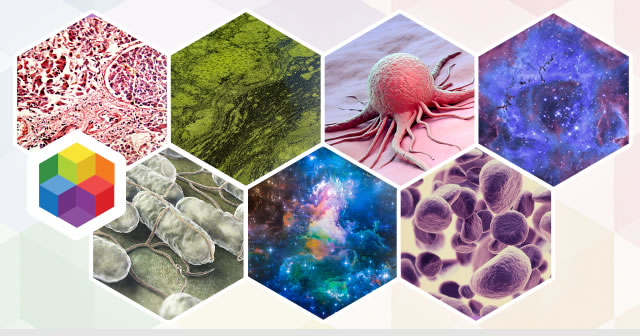
In a place that fosters curiosity and the pursuit of "what if," where scientists come to work every day with the knowledge that anything can happen, astounding discoveries are realized on a regular basis. That place is the Weizmann Institute of Science, where accomplishments are so remarkable and varied that, at times, we need to pause and take it all in. The beginning of a new year is just such a time.
Thank you for taking this moment to revisit 2014's noteworthy research with us, and stay tuned in 2015 for still more amazing scientific breakthroughs from the Weizmann Institute. We're looking forward to blowing your mind, changing your life, and saving the world – or even just making you stop, think, and wonder.
Here is a selection of discoveries in major areas of research:
Health & Medicine. Dr. Eran Elinav and Prof. Eran Segal made headlines across the globe when they showed that artificial sweeteners, so ubiquitous in our weight-conscious world, may actually lead to the conditions – obesity, high blood sugar, diabetes – they are supposed to help prevent. Read more.
Cancer. We are more stressed during the day than when sleeping, and thus produce more stress hormone (glucocorticoid) when awake and less at night. The labs of Profs. Yosef Yarden and Eytan Domany found that glucocorticoid also helps fight cancer, which means that it may be more effective to give cancer treatments at night, while the patient's stress hormone levels are low, thus providing round-the-clock cancer-fighting coverage. Read more.
Our Planet. Dr. Ron Milo and colleagues devised a way to compare the environmental costs of eating animal-based foods. In the most comprehensive study of its kind, they examined the five most popular proteins in America: dairy, beef, poultry, pork, and eggs. Their findings were both expected and surprising. (Hint: that steak is even more costly than the menu price would indicate.) Read more.
Technology. In a "world's first," Institute physicists measured the magnetic interactions between single electrons. Imagine trying to measure a ball that, with each bounce, goes to a distance a million times its own size. The bouncing creates a lot of "background noise" that interferes with the measurement. But if you attach the ball directly to a measuring device, so that they bounce together, you can eliminate the noise problem. Dr. Roee Ozeri and colleagues used a similar trick to measure the interaction between two single electrons. This work is so important that Physics World proclaimed it one of 2014's top 10 discoveries. Read more.
The Physical World. While monitoring a supernova (exploding massive star) in real time – an astonishing feat now possible thanks to advanced technologies – Prof. Avishay Gal-Yam was able to analyze the elements put out by the dying star. It turns out that Joni Mitchell was right: "we are stardust." The elements that helped create life on Earth, and Earth itself, can be found in these explosions. Read more.
